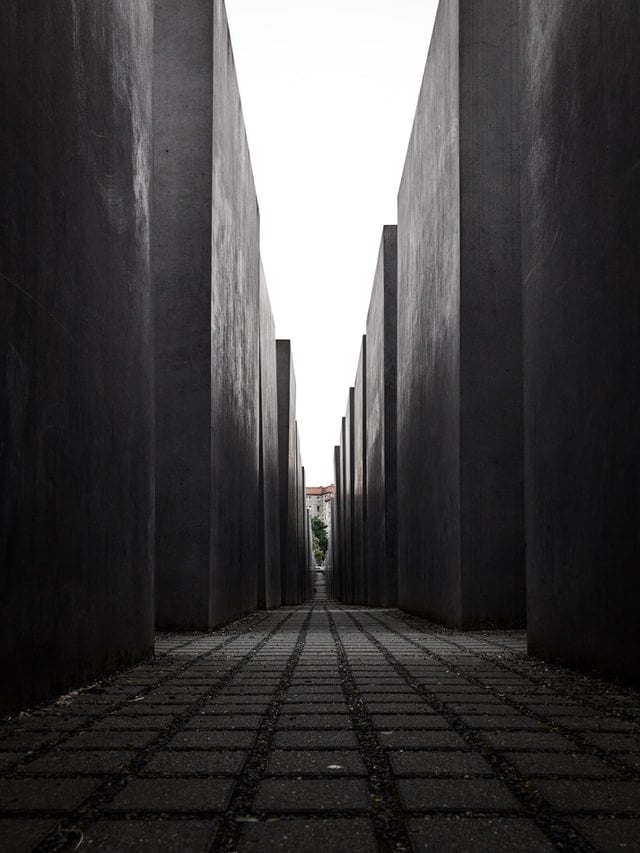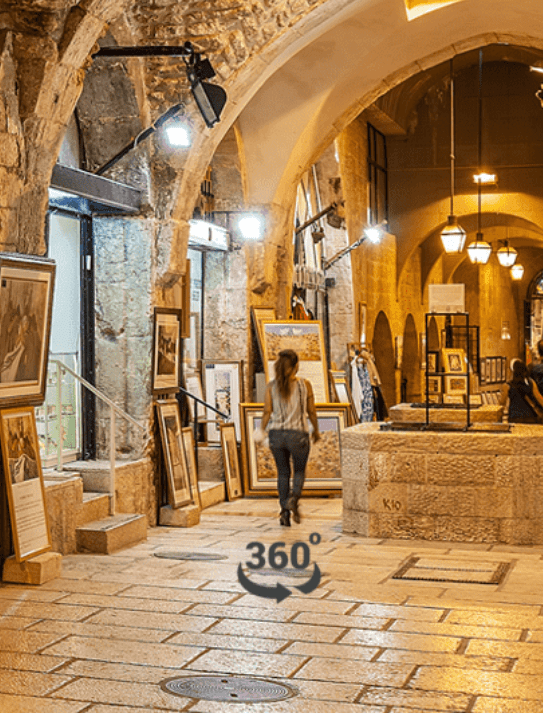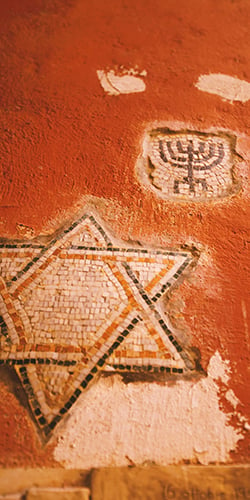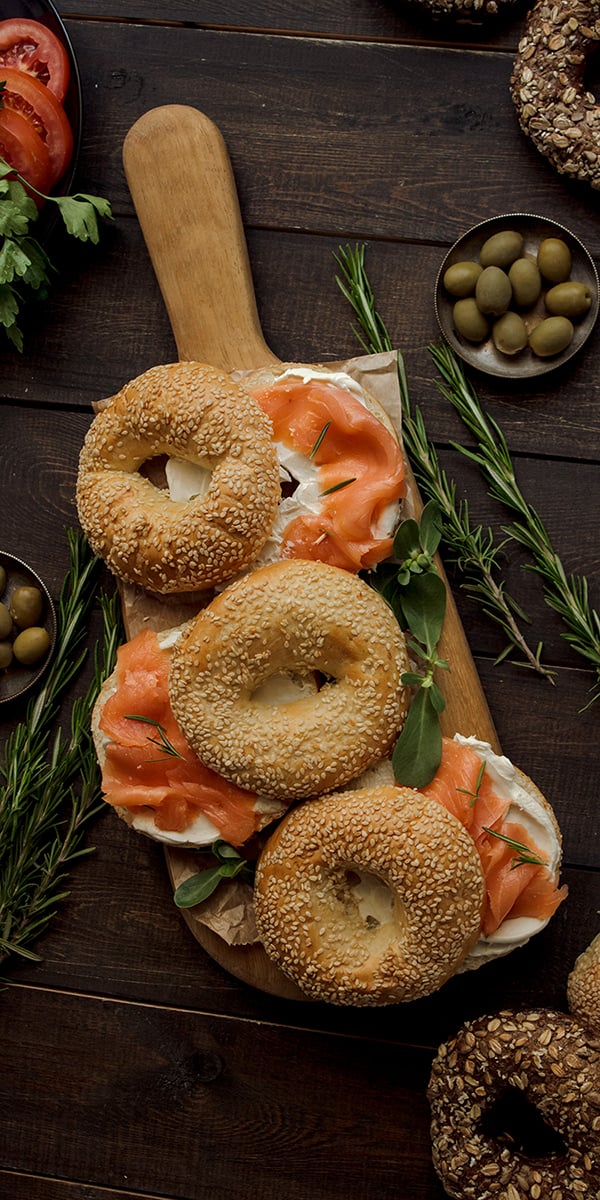UK Jewish Film Festival
Immerse Yourself in the UK Jewish Film Festival
Discover a vibrant celebration of Jewish culture, history, and storytelling at the UK Jewish Film Festival in London. This cinematic event is more than just an exhibition of movies; it's a rich tapestry of Jewish life, achievements and challenges, wrapped in the universal language of film. The festival, established during a time of burgeoning cinema culture, has been bringing diverse stories to the big screen since its inception in the late 20th century. Annually, it unfolds in the quaint theaters scattered around the historic and cosmopolitan streets of London, where tales of heritage and identity find a heartfelt showcase.
The UK Jewish Film Festival commemorates the indelible legacy of Jewish narratives through a curated selection of films that span genres from documentary to drama, comedy, and beyond. Special events often accompany the screenings, including Q&A sessions with filmmakers, panel discussions that provide deeper insight into Jewish history, and workshops that inspire the next generation of storytellers. These customs have become a staple of the festival, enriching the experience for attendees and participants alike. It's where artists, scholars, and enthusiasts, regardless of their background, gather to celebrate the multifaceted nature of Jewish life and its contributions to the arts. The festival doesn't just celebrate Jewish artists and themes; it encourages a dialogue—an exchange where the resonance of Jewish history with the present and future can be explored and appreciated.
Images attribution: Photos by UK Jewish Film














